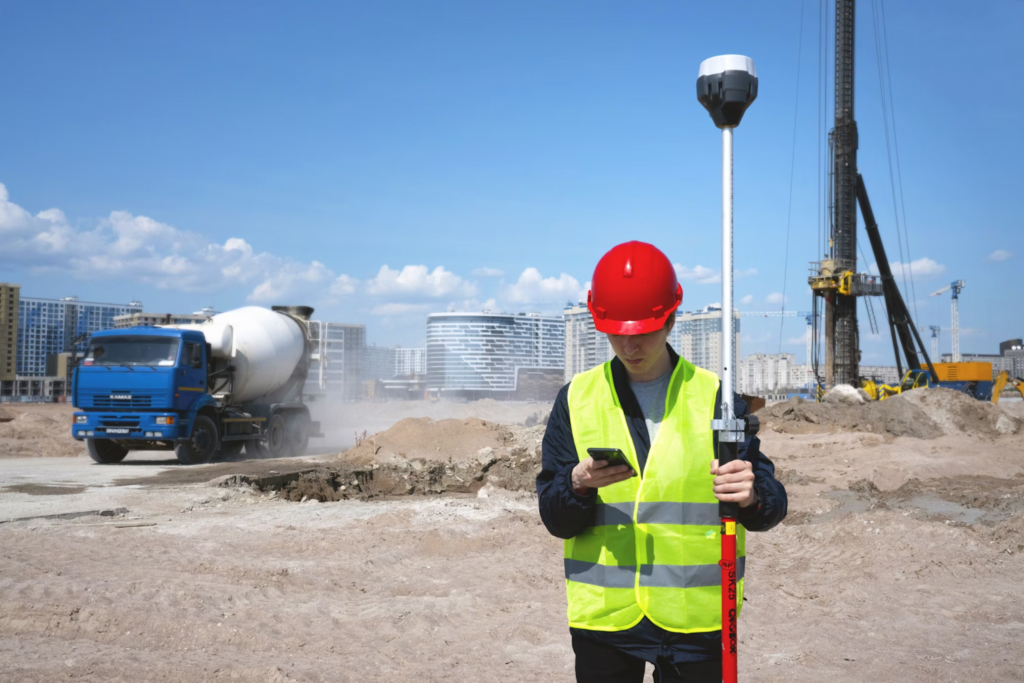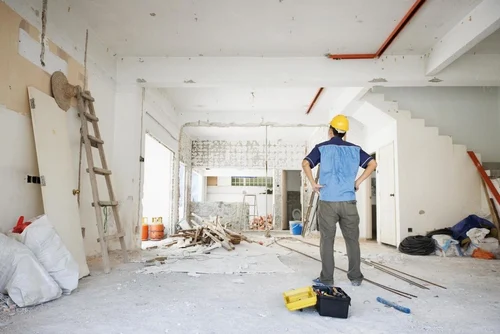Land surveying, an art as old as time, has been instrumental in ensuring that boundaries are respected and owners are aware of their property lines. However, the profession’s age is in stark contrast to the cutting-edge technology it now employs. Modern land surveying techniques harness technology that has been honed over the years, delivering an astonishing level of precision, often to the millimeter. This article will delve into the role of such technology and how surveyors, with their expertise, effectively leverage it.
GPS Enhances Land Survey Precision
GPS has been around for long enough by now that everyone and their mother is using it, but it’s worthwhile mentioning it here for the sheer precision and accuracy that it has provided land surveyors ever since it was introduced to the industry commercially in the late 80s. Nowadays, a lot of equipment for surveying will have GPS deeply integrated into its systems to ensure that mapping remains accurate. Having this kind of technology so freely available has been utterly indispensable for the job, so much so that it’s almost incomprehensible to consider performing a survey without it!
Drones Capture High-Quality Aerial Data
Drones have become incredibly ubiquitous around the world for a variety of reasons, from hobbies to Hollywood movies. But one area where it probably makes the most sense is for, you guessed it, surveying land! They have benefited the industry in plenty of ways, including but not limited to:
- Increased speed and efficiency: It used to be that if you wanted an email shot of a parcel of land, you needed to hire a helicopter at great expense or, at the very least, some sort of enormous machinery that takes time and money to set up. Drones can do the job at a fraction of the cost and time, making them part of any good land surveyor’s toolbox.
- Better safety: Ceratin areas of land are complex or overly challenging to inspect by foot, making a drone a vital piece of kit for exploring areas a human cannot.
- Enhanced data collection: Drones, equipped with high-resolution cameras and LiDAR sensors, may collect precise information about the area. This information may be utilized to produce highly accurate 3D models and orthomosaics.
Laser Scanning For Topographic Mapping
By combining the other technologies mentioned in this post, land surveyors are able to generate highly detailed topographic maps using lasers in the form of LiDAR. The data received from these maps can give professionals an excellent overview of how they might landscape the area and what equipment and machinery may be required to complete the job. Such topographic maps are crucial to ensure that a project is feasible and, if not, where else it may be suitable.
3D Modeling Aids In Visualization
With the introduction of products like tablets and VR/ AR headsets, it has become more common to utilize 3D modeling in the field to display, in real-time, just how a project might look. This could manifest as a level parcel of land or something more complex, such as how a building could look based on the various inputs placed by the surveyor.
From GPS to VR devices, technology has truly revolutionized land surveying. It has made it easier to perform complex tasks while allowing the surveyor to receive and review more detailed information.






